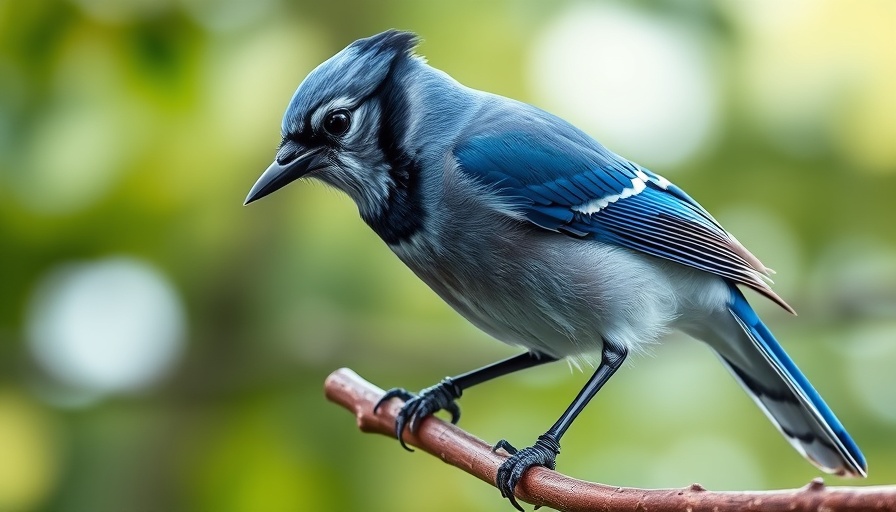
Urgent Alert: The Rising Threat of Bird Flu to Human Health
A recent study from the University of North Carolina at Charlotte highlights a concerning trend regarding the H5N1 bird flu virus. Originally understood as primarily affecting avian species, this virus is rapidly evolving, increasing its potential to infect mammals, which significantly escalates the risk to human health.
What's Changing with H5N1? A Closer Look
The H5N1 strain, notorious for its lethal impact on birds, has been identified in numerous mammals, including cows and various other species. Data from the U.S. Centers for Disease Control and Prevention (CDC) reveals that at least 64 human cases have been recorded to date. The adaptability of the virus raises alarming questions about its future capability to spread among human populations.
Experts Voice Concerns: The Need for Updated Vaccines
Lead author Colby Ford points out that vaccines developed for earlier H5N1 strains may provide reduced efficacy against newer variants. As the virus continues to evolve, it is imperative that health organizations develop updated vaccines to combat potentially dangerous mutations. This insight underscores the importance of continuous research and monitoring of avian influenza.
What Can Society Do to Prepare?
Understanding the dynamics of H5N1 transmission from birds to mammals can arm public health policies with essential tools to prevent a possible outbreak. Proactive measures include enhancing surveillance of animal populations, particularly in settings where humans and birds interact. Additionally, public education regarding the signs of bird flu in birds can empower communities to respond quickly to potential threats.
Looking Ahead: Preparing for Future Risks
Emerging threats such as H5N1 remind us of the interconnectedness of animal and human health. The broader implications of these findings suggest that as species interact more closely—due to factors like climate change and urbanization—the risk of zoonotic diseases may increase, potentially leading to more frequent and severe public health emergencies.
In conclusion, the evolving nature of the H5N1 virus demands our attention. By recognizing and responding to its implications now, we can better safeguard both our health and the health of future generations.
 Add Row
Add Row  Add
Add 




Write A Comment